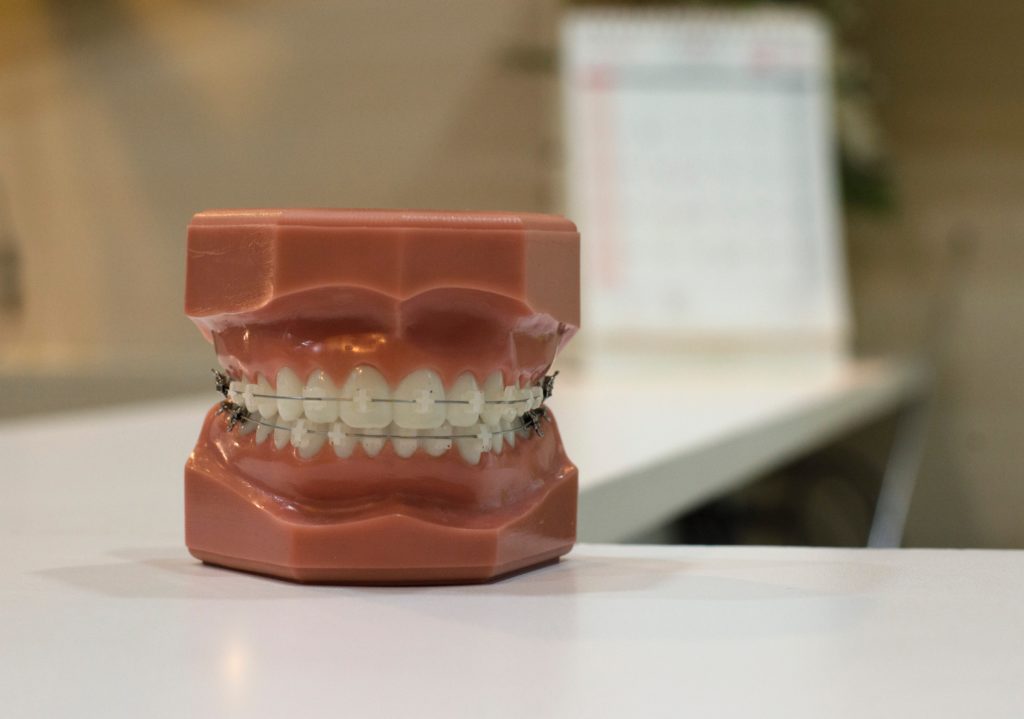
Our goal is to equip people with orthodontic treatment knowledge prior to getting a braces. Orthodontics is a special discipline of dentistry concerned with aligning the teeth and jaws to improve one’s smile and oral health. “Ortho” means correct or straight, and “Odont” means tooth.
Why do I need braces?
Braces improves someone’s ‘orofacial’ appearance. Through orthodontic treatment, problems like crooked, rotated or crowded teeth, underbite, openbite or overbite, incorrect jaw position (to some extent) and disorders of jaw joints are corrected.
Several problems arise if they are left untreated such as gum disease, tooth decay, headaches and earaches as well as speaking, chewing and biting problems.
Types of braces
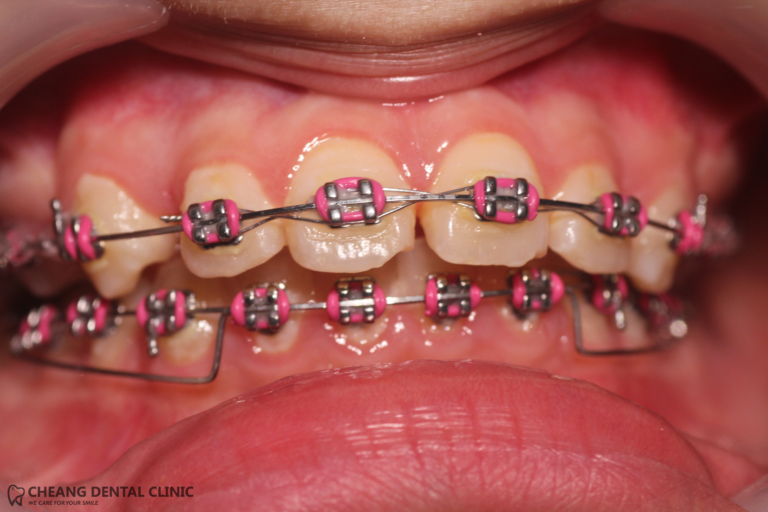
(Call us for more info)
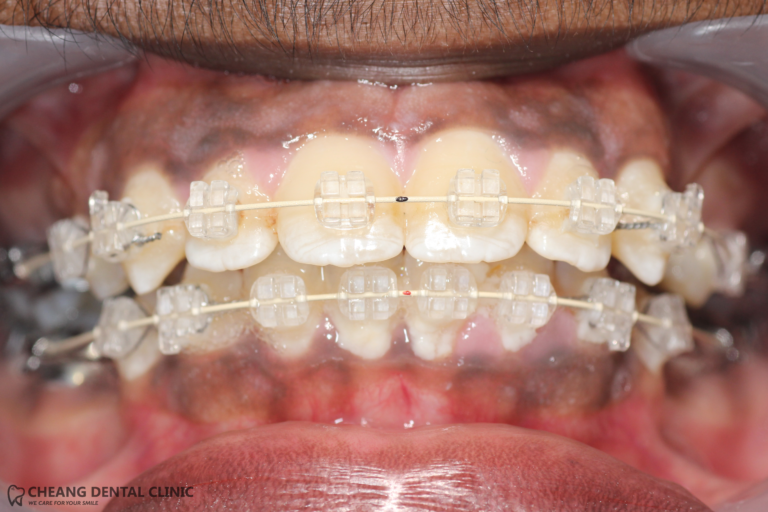
(Call us for more info)
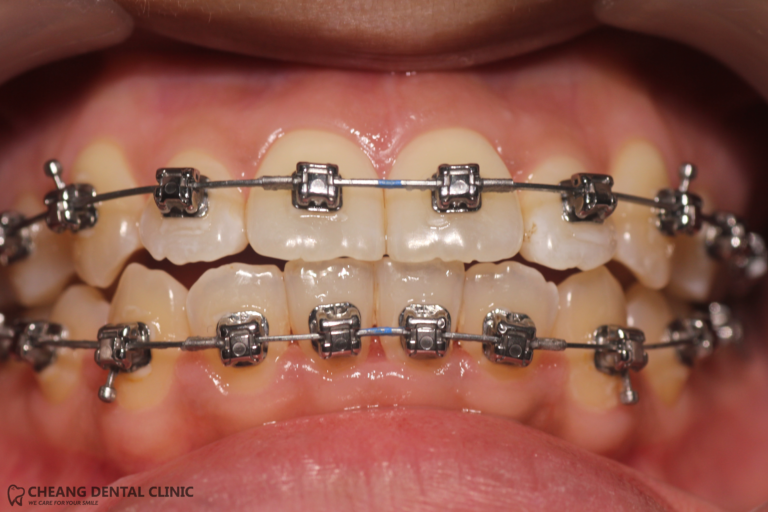
(Call us for more info)
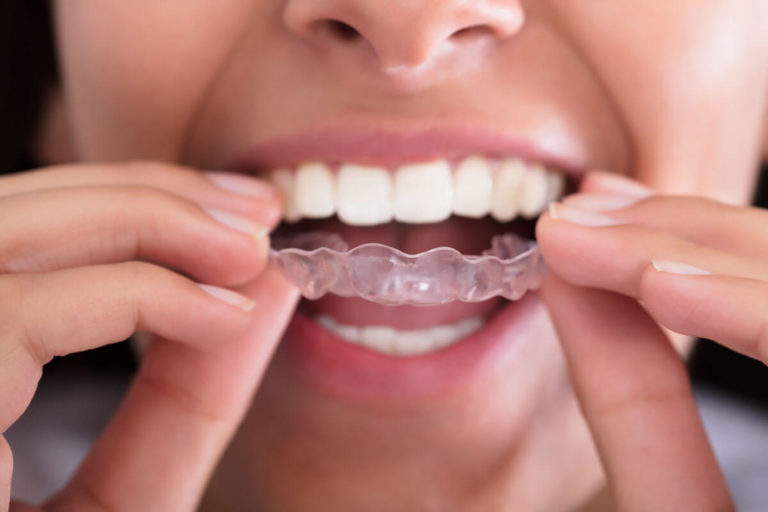
Coming soon
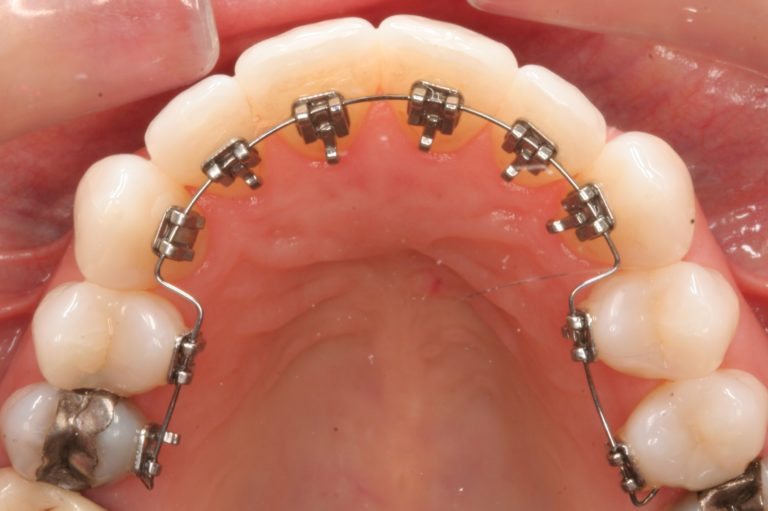
(Currently not available in our clinic)
When is the right time for braces?
There is no best time in receiving an orthodontic treatment although the ideal time for braces is around the age of 10 to 14, while the head and face are still growing and teeth are more conducive to straightening. The decision to start the treatment based on many factors like the nature of problem, the stage of growth as well as patient’s co-operation and or motivation to get treatment.
However, because adjustments in facial appearance can be traumatic to a child during these sensitive years, parents should discuss the matter with their children before braces are applied. Most of all, braces aren’t just for kids, many adults are also wearing braces to correct minor problems and to improve their smiles.

Interceptive orthodontic
Instanding upper front tooth can be aligned in just

Crowded teeth
It's never too late to treat "crowded teeth" like this even if you're middle-aged
What kind of braces will I have to wear?
Your dentist will know what appliance is best for your particular problem, but you often have a choice. Braces generally come in three varieties: The most popular type are brackets, metal, ceramic or plastic, that are bonded to teeth. Ceramic brackets are typically clear or tooth-colored and are far less noticeable than metal brackets. Lingual, or concealed, braces are brackets that attach to the back of teeth, hidden from view. Both types of braces use wires to move the teeth to the desired position.
A new alternative to traditional braces is a series of clear, customized, removable appliances called aligners. Not only are these braces invisible, but they also are removable so they won’t trap food and plaque between your teeth like metal braces. You’ll wear each aligner for about two weeks and only remove it for eating, brushing and flossing. This may be an option for adults with mild spacing problems. Invisible aligners are not appropriate for children and adolescents who are still waiting for permanent teeth.
How long will I have to wear braces?
The duration of braces wearing depends solely on your treatment plan. The more complicated your spacing / crowding / bite problem is, and the older you are, the longer the treatment period. Usually it accounts for about 12 ~ 24 months for someone who has a non-extraction case and wearing full braces (upper & lower), followed by a retainer with a regime of 3 years period to set and align tissues surrounding straightened teeth.
Will braces treatment be uncomfortable?
At each visit, the interconnecting wires of conventional brackets are tightened and you might experience some amount of soreness, bearing mild pressure on brackets and bands to shift teeth or jaw into the desired position gradually. However, the soreness is brief.
Keep in mind though, some teeth might need to be extracted to make room for adjacent crowded teeth so they can shift into proper location. As for clear aligner users, there may be soreness as your teeth adjust to each new plastic tray.
Do I have to avoid any food or personal habit?
Yes. Cut down on sweets, chips and soda. Sugary and starchy foods generate acids and plaque that can cause tooth decay and promote gum disease.
Cut healthy, hard foods like carrots or apples into smaller pieces. Sticky, chewy sweets like caramel can cause wire damage and loosen brackets. Avoid hard and crunchy snacks that can break braces, including popcorn, nuts and hard candy. More don’ts: ice cube chewing, thumb sucking, excessive mouth breathing, lip biting and pushing your tongue against your teeth.
What about home care of my teeth with braces?
With braces, oral hygiene is more important than ever. Braces have tiny spaces where food particles and plaque get trapped. Brush carefully after every meal with fluoride toothpaste and a soft-bristled toothbrush. Rinse thoroughly and check your teeth in the mirror to make sure they’re clean. Take time to floss between braces and under wires with the help of a floss threader. Have your teeth cleaned every six months to keep your gums and teeth healthy. Insufficient cleaning while wearing braces can cause enamel staining around brackets or bands.
Who will provide my orthodontic treatment?
Your general dentist is responsible for coordinating your dental treatment, and this could encompass any orthodontic treatment plan, including diagnosis, examinations and some orthodontic procedures. Your dentist may, however, refer you to an orthodontist – a specialist trained in the development, prevention and correction of irregularities of the teeth, bite and jaws and related facial abnormalities.
Getting started
Call/WhatsApp us today to schedule for a braces consultation!
03-60913168 | 016-909 3113

